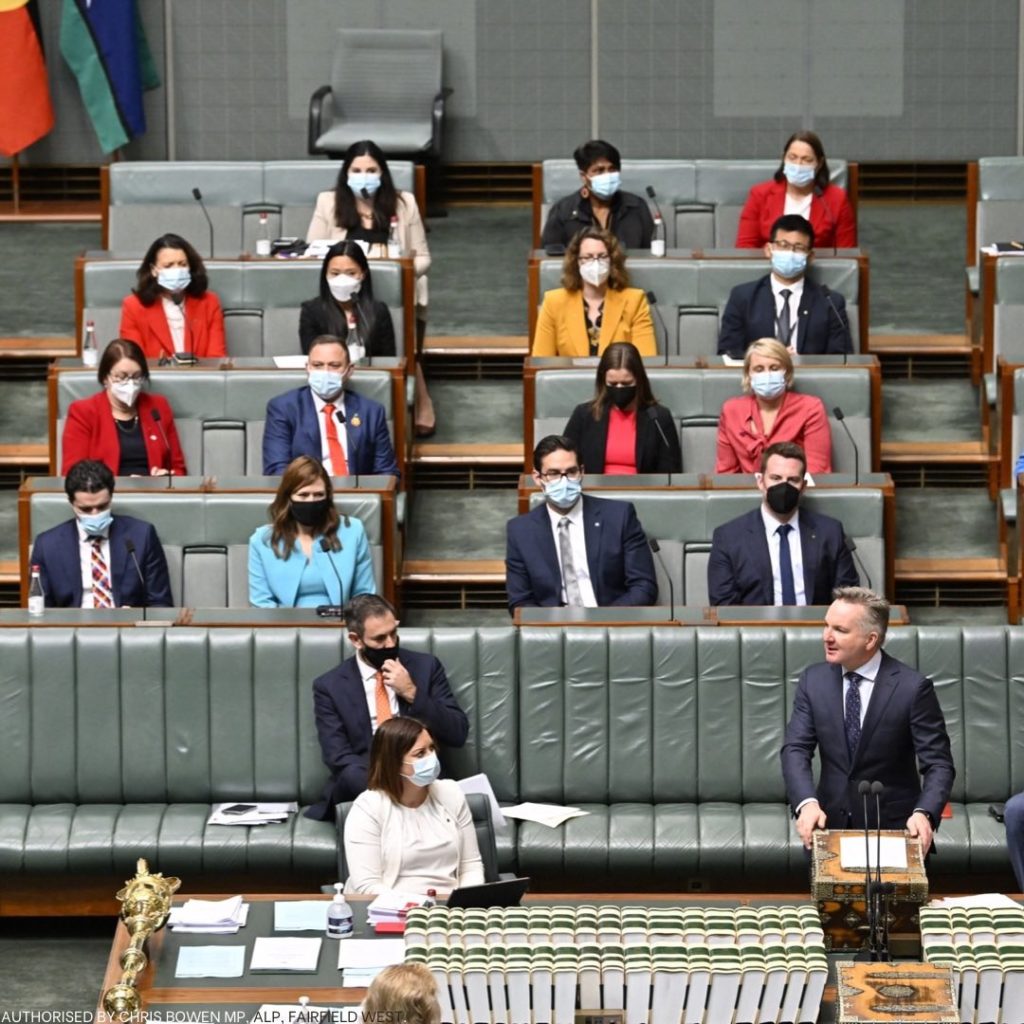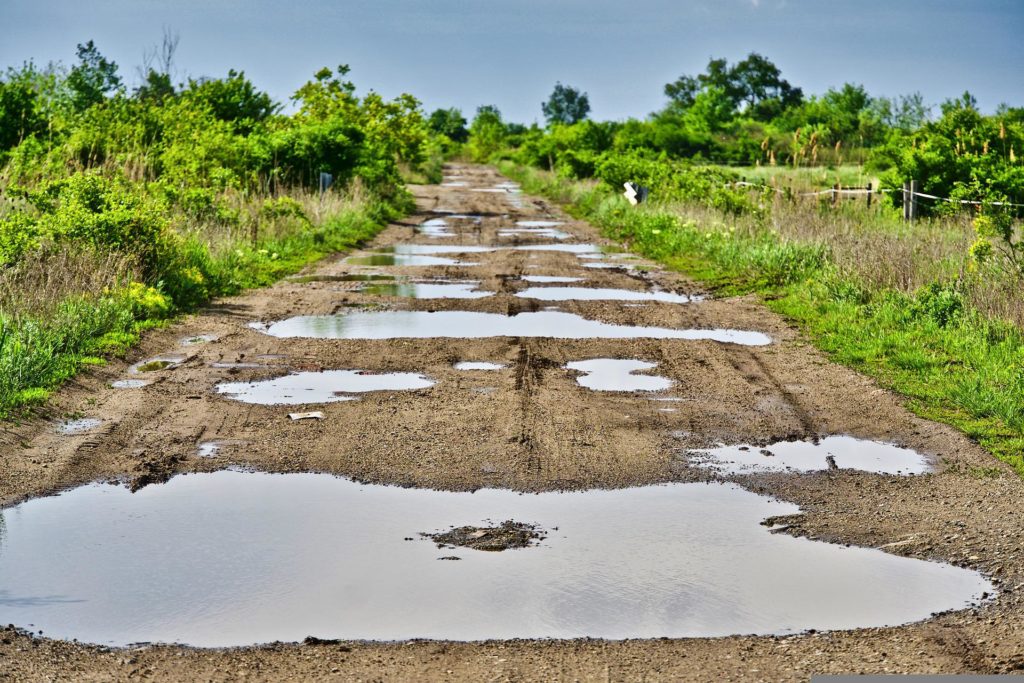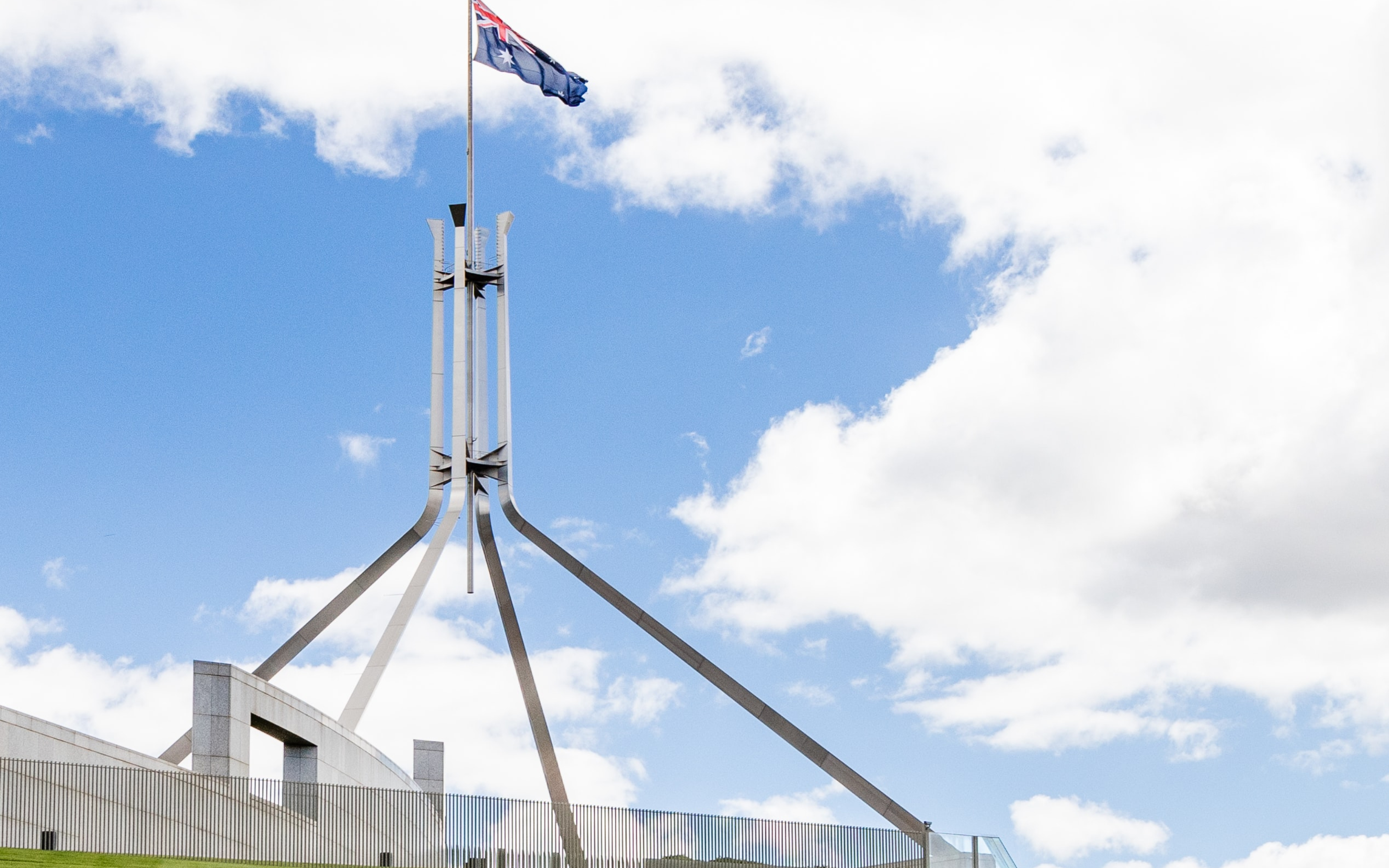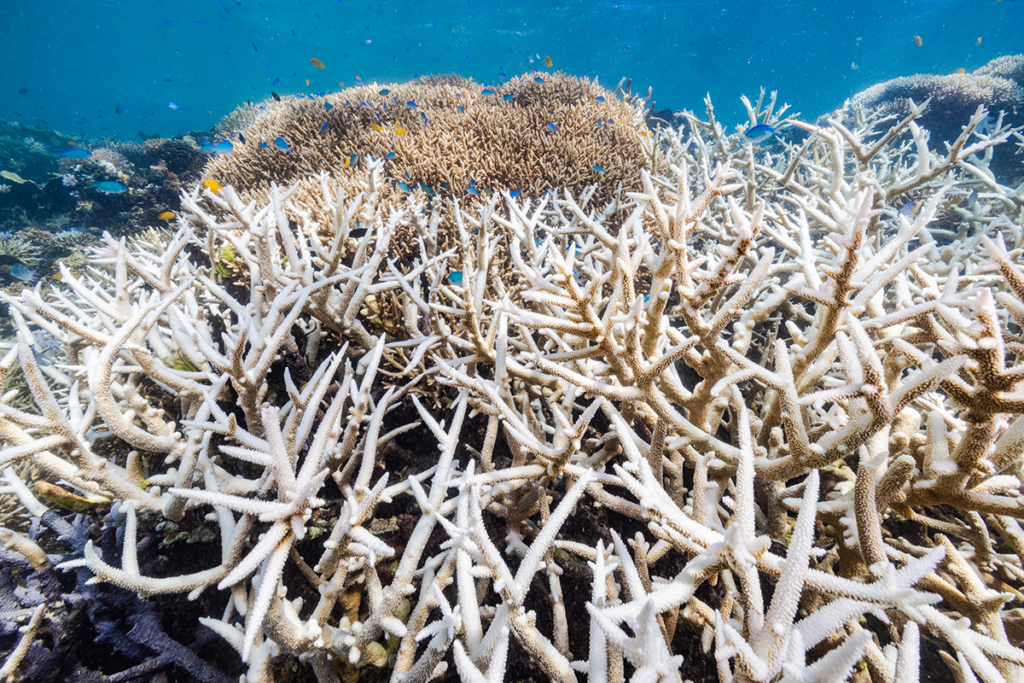
Parliament has reconvened for its first week back and Labor’s climate bill is among Australian Prime Minister Anthony Albanese’s first pieces of legislation. The bill makes into law the ALP’s greenhouse gas pollution reduction targets from the Federal election: a 43% reduction by 2030 and net zero by 2050. As Australia finally begins to drive towards net zero emissions, this bill will be used to guide current and future governments along the journey.
What’s really important in our race towards net zero is that we get there fast, and keep global warming as close to 1.5 degrees as possible. The bill is not a detailed plan to address Australia’s role within the climate crisis or to prepare Australia for job and investment opportunities in a rapidly decarbonising world. However, it is symbolically important in demonstrating that the new government cares about climate, and is beginning to put in the work.
The specifics of the bill:
The bill can be broken down into four parts:
- It makes a reduction of emissions of at least 43% by 2030 and net zero by 2050 the law, one that any future government will also have to follow.
- It hands authority back to the Climate Change Authority to monitor Australia’s progress against Labor’s targets and inform the setting of future targets, including Australia’s next target under the Paris Agreement, for 2035.
- Under this law the Minister for Climate Change, Chris Bowen, will report annually to Parliament on Australia’s progress towards these targets.
- It would also require some key government agencies to consider these targets in their work – including Australian Renewable Energy Agency, Clean Energy Finance Corporation, and Infrastructure Australia so that these agencies have guidelines to adhere to when approving projects. (In the case of Infrastructure Australia for example, a new gas pipeline).

What will it do:
Framework climate policy laws are important boundaries of the climate policy landscape. They prevent governments from driving off the road in the face of new potholes – such as pandemic recovery. They hold the government to account and require regular reporting. This framework will require the Government to continue to set new goals at regular intervals along the pathway to net zero emissions. It will also bring the country as a whole into alignment with several states and territories that have already been working towards net zero goals; the majority of which already have climate policy or legislation.
“This new legislation can act as a springboard for Australia to cut emissions and grasp the incredible opportunities that are within our reach as one of the sunniest and windiest places on the planet.”
Amanda McKenzie, Climate Council CEO
What similar bills have done internationally:
Framework legislation has been implemented overseas in places like the UK and Ireland where it has played a role in reducing emissions, helped those countries adapt to climate impacts, increased climate ambition, and helped to remove the politics from the climate change debate.

What’s missing:
It’s a start, but we need to quickly get on the path to much steeper emissions reductions this decade. The bill should ensure that our 2030 target can clearly be ‘ratcheted up’, in line with what the science and our international responsibilities under the Paris Agreement demand. That said, right now we need to be focused not just on targets, but on the immediate concrete actions that are going to accelerate our energy transition and get us quickly onto a trajectory of very steep emissions reductions through the 2020s.
The Australian Government is proposing to co-host a future United Nations climate change conference (COP) with Pacific island countries. Pacific leaders have made clear they expect us to move faster this decade, including accelerating the move beyond coal and gas. Hosting a round of UN climate negotiations is a major responsibility. If we’re to show global leadership, then we need to aim higher and go faster. Ultimately, this bill sets the floor and not the ceiling on our efforts – it can work as a base upon which more rigorous targets and policies can be built.
“The science is clear. The federal government’s emissions reduction targets and climate action agenda will need to be strengthened significantly over time to ensure deeper emissions cuts this decade.”
Nicki Hutley, Climate Councillor and leading economist
6 actions needed to directly follow the legislation of this bill:
To deliver the rapid action Australia – and the world – needs now, governments will need to get cracking. The Albanese Government’s 2022 election commitments are a good start; it can build on this positive agenda during its first term of government to deliver deeper emissions cuts by 2030 by:
- Speeding up the transformation of our energy system to renewable power.
- Ending all government support for fossil fuel expansion.
- Focusing on electrification and energy efficiency.
- Growing good jobs by giving a major boost to clean manufacturing.
- Ending land clearing and accelerating efforts to restore degraded land and forests.
- Strengthening the laws and agencies that underpin Australia’s transition to a zero emission economy.
The current backdrop of global extreme weather events and a bleak recent State of the Environment report underlines the need for Australia to urgently move forward from the last 10 years of Federal inaction and climate denialism. The Parliament must ensure that the bill sets a floor for action and does not create any obstacles to Australia acting faster and going further this decade. This bill alone doesn’t reduce emissions, and must be backed up by actions now.










